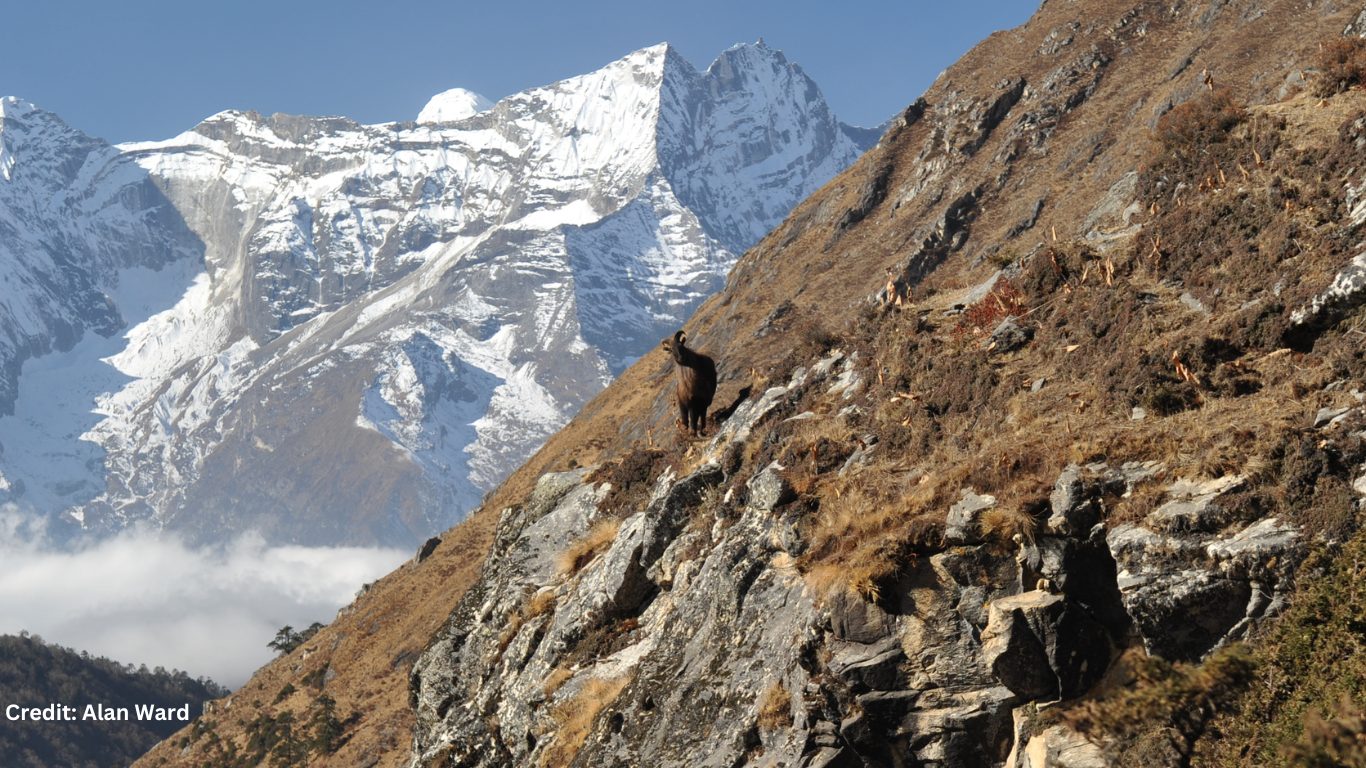The Great Himalaya Trail: Centuries of Trade and Culture
The Great Himalaya Trail spans ancient trade routes where cultures exchanged goods such as salt, wood, grains, wool, livestock, gold, and gems for centuries. These trails linked Indochina to Afghanistan, part of the historic Silk Route, highlighting diverse communities and their trading traditions. Local traders relied on yak and donkey caravans to navigate these paths through the Himalayas, known as the ‘Abode of Snow’. Over time, isolated communities with distinct languages and customs thrived in valleys across regions like Ladakh, Nepal, Sikkim, Bhutan, and Tibet, remaining largely untouched by colonial influences for over a thousand years.
Evolution of the Great Himalaya Trail
Since 1997, Himalayan treks were hindered by restrictions, especially along Nepal’s Tibet border. In 2002, Nepal opened all Himalayan regions to permit-based trekking, alongside new opportunities in Bhutan and India, fully opening the Great Himalaya Range.
Rosie Swale-Pope’s 2003 run from Taplejung to Simikot and Dr. Gillian Holdsworth’s 2007 trek pioneered exploration in newly accessible Nepal. Robin Boustead’s 2008-2009 traverse linked every major Himalayan range over 162 days, establishing the modern Great Himalaya Trail (GHT).
Jean-Claude Latombe’s crossings and documented treks have furthered exploration across the Nepal Himalayas, with numerous high traverses and regional journeys contributing to the trail’s development.
Nepal’s Great Himalayan Trail
The Great Himalayan Trail (GHT) in Nepal spans 1,700 km from east to west, showcasing a diverse range of landscapes and cultural experiences. Nepal’s Great Himalaya Trail (GHT) is segmented into 10 sections, each comprising both upper and lower routes. These segments provide a range of experiences, from adventure and exploration to authentic cultural encounters and the stunning natural beauty of the Himalayas. In Nepal, trekkers have the option of choosing between two routes of the Great Himalaya Trail (GHT). The High Route winds through high mountain ranges, offering spectacular views, while the Low Route, known as the cultural route, traverses the mid-hills between 1,500 and 2,500 meters. This route passes through small villages inhabited by Nepal’s diverse ethnic groups, with the majestic snowcapped Himalayas in the background.
While well-known routes attract many tourists, the trail also promotes lesser-explored areas, aiming to foster sustainable tourism and preserve local cultures and environments. Nepal Sanctuary Treks, as a GHT member and Travelife-certified company, offers diverse itineraries focusing on these unique trails, ensuring both visitor enjoyment and community benefit.
The Great Himalaya Trail (GHT) offers varied journeys tailored to individual preferences and goals. Treks range from short, low-elevation hikes of 5-6 days to extensive months-long expeditions at high altitudes. Trekkers can choose routes based on their abilities and interests, often blending village trails with higher routes to avoid technical challenges. Beyond the physical adventure, the GHT provides deep cultural immersion in Himalayan communities, challenging boundaries and offering trails suitable for everyone.
Please find the list of GHT
High Route
Kanchenjunga to Everest Over Sherpeni Col (GHT)
Langtang Via Tilman Pass (GHT)
Rolwaling to Everest Trek over Tashi Laptsa Pass (GHT)
Makalu Base Camp to Everest Trek (GHT)
Langtang Trekking via Tilman Pass (GHT)
Kanchenjunga to Makalu via Lumba Sumba Pass Trek (GHT)
Great Himalayan Trail Full Traverse (GHT)










